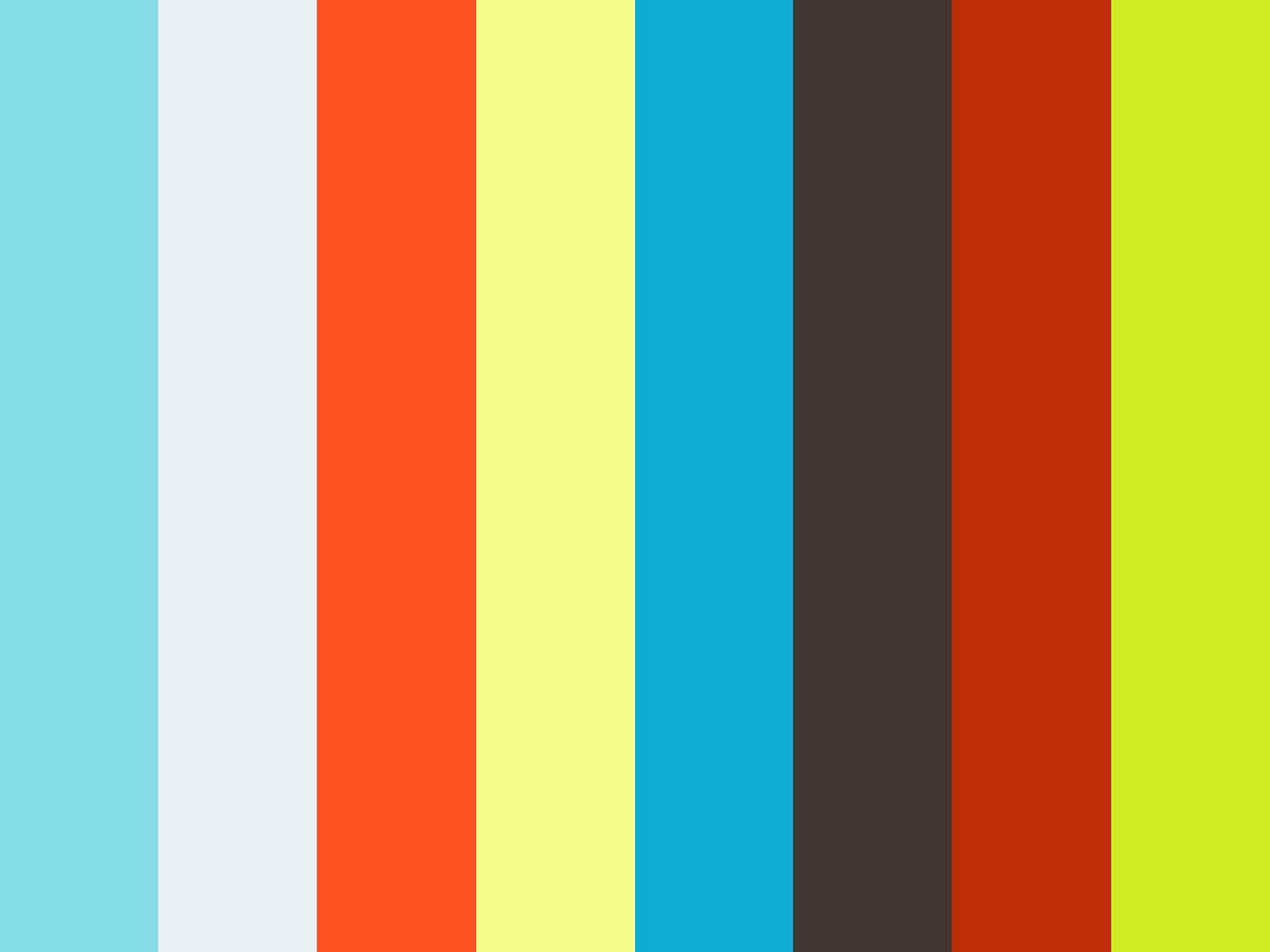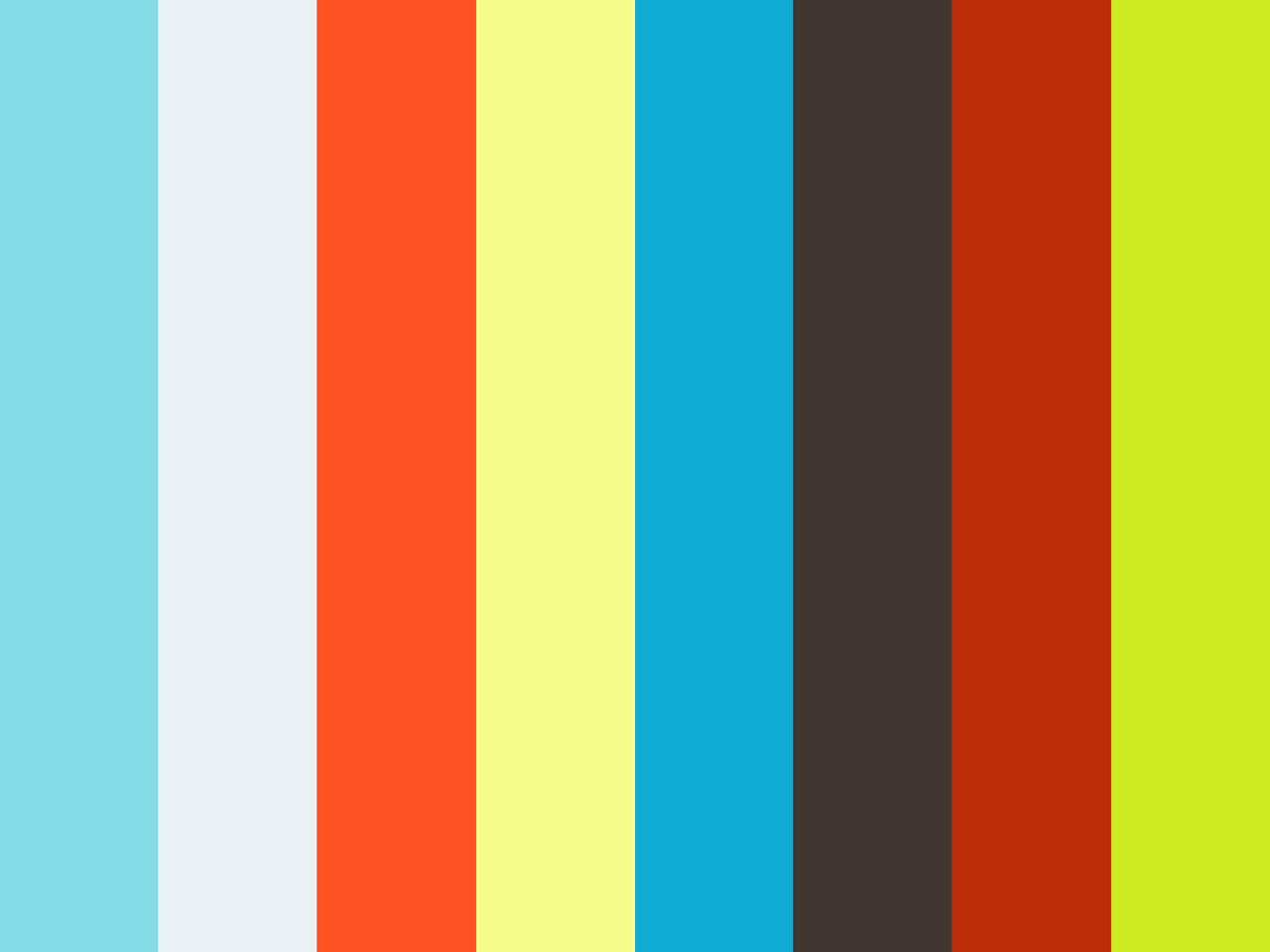01 Adaptive Presence: expanded applications of choreographic structures.
02 Andrea Spaziani, and a fluctuating cast of volunteer performers in Toronto, Canada at Hub 14 (www.hub14.org)
03 Laura Gonzalez (studio), Angeliki Avgitidou (research)
03.A Please check off all areas that relate to your work:
Creative Fiction and Experimental Non-fiction (in relationship to the body), Language/Image, Mediation, Liminality, Performance Activism, Other or additionally: Control/ Agency, Chance, Networks, Ritual and Transformation, Anatomy and Astronomy
04 Description of proposed project or body of work – practical element
By dismantling the choreographic process, I will investigate expanded applications, new possibilities for interconnectivity, and the potential spaces in which dance can exist. I will develop a series of improvisational scores that reference shared experiences of the body, and investigate ‘how’ to navigate these experiences in order to build a foundation for the co-production of meaning.
I will collaborate with a fluctuating cast of participants (not necessarily dance practitioners) and deconstruct four choreographic elements: visible and invisible mediums of persuasion, the performance environment, and the aftermath (that which follows rifts in perception). I will craft ‘discoverable’ dances that move towards entropy, and necessarily towards the production of provisional strategies. This is where I believe new kinds of knowledge can be uncovered.
In studio, dramaturgical materials will be used to generate neutral, choreographic directives as entry points for action, and setting-up protocols for interacting with the space, the body, other people, and the imagination (instructions/language, meditations, simulacra, fictional abilities of the body, expanded uses of the senses, proximities, number systems, healing, etc). Throughout, I will surrender aspects of my artistic control over to the process, and allow the process to determine its own content, tipping towards an aesthetic of chaos, the peripheral, and the inarticulate.
Examples of daily studio proposals:
- Durational video improvisation: ‘Soft body, hard surface’ - have a different physical encounter with a chair every day for 365 days
- Physical improvisation: send and receive messages using the body as both projector and receiver
- Physical improvisation: take on the physical sensation of whatever is in your visual field. Transfer that sensation to a part of your body. Continue until sight and sensation are indiscernible.
- Use found objects to create a habitat for constructive rest. Count the found objects, and repeat a movement ‘x’ number of times
05 Description of project report or thesis – written element
Academic and practical research will include ‘how’ to collaborate with an ensemble, philosophical and practical approaches to navigation, and site-specific and social choreography. This research will address expanded applications of choreographic structures, ‘how’ affect and meaning can be co-produced collectively, and ‘how’ choreographic structures can lead towards emancipatory expressions.
The choreographic process will be used as a prototype for a deepened understanding of human interrelationships, and how structures that organize movements (city planning, landscapes, architecture) can give insight into the resulting activities of social ‘bodies’ (political, cultural).
At the heart of this investigation is my desire to expose the limitless possibilities for being, when the borders of ability, physical and social segregation, and repressive control can be transgressed, if even for a moment. I want to make art that pushes the experiences of the body towards an end point (perhaps into the fictional realm), and towards empathic change through kinesthetic engagement.
06 Anticipated results, e.g. documentation, performance, script, intervention, website, exhibition, book, journal
Anticipated results: a performance, written documentation of research journals and interviews, archival and/or performance videos, photos, and drawings. Documentation of feedback from participants will also be documented.
I intend for this material to eventually culminate in a cohesive text/ body of writing.
07 Initial bibliography for written element
1) Banes, S (ed.) & Lepecki, L (ed.). (2007) The Senses in Performance. New York: Routledge.
2) Bishop, C (ed.). (2006) Participation: Documents in Contemporary Art. Cambridge: MIT Press.
3) Burrows, J. (2010) The Choreographer’s Handbook. New York: Routledge.
4) Butler, J. (2005). Giving an Account to Oneself. Fordham University Press.
5) Cage, J. (1973) Silence: Lectures and Writings by John Cage. Hanover: Wesleyan University Press.
6) Clough, PT & Halley, J. (2007) The Affective Turn: Theorizing the Social. Durham: Duke University Press.
7) Forsythe, W. (2010) Improvisation Technologies: A Tool for the Analytical Eye. Hatje Cantz.
8) Garcia, T. (2014) Form and Object: A Treatise on Things, trans. MA Ohn & J Cogburn. Edinburgh: University Press.
9) Hewitt, A. (2005) Social Choreography: ideology as performance in dance and everyday movement. Durham: Duke University Press.
10) Highwater, J. (1978) Dance: Rituals of Experience (3rd ed). New York: Oxford University Press.
11) Holmes, B. (2009) Escape the Overcode: Activist Art in the Control Society. (web) http://brianholmes.wordpress.com/2009/01/19/book-materials/
12) Iverson, M. (ed.). (2010) Chance: Documents of Contemporary Art. Cambridge: The MIT Press.
13) de Keersmaeker, AT & Cvejic, B. (2012) A Choreographer’s Score: Fase, Rosas danst Rosas, Elena’s Aria, Bartok. Mercatorfonds.
14) Larson, LB (ed.). (2014) Networks: Documents of Contemporary Art. Cambridge: MIT Press.
15) Lepecki, A. (2006) Exhausting Dance: Performance and the Politics of Movement. New York: Routledge.
16) Martin, R. (1998) Critical Moves: Dance Studies in Theory and Politics. Durham: Duke University Press.
17) Negarestani, R. (2008) Cyclonopedia: Complicity with Anonymous Materials. Re.Press.
18) Osho. (2004) Meditation: The First and Last Freedom. New York: St. Martin’s Griffin.
19) Phelan, P. (1993) Unmarked: The Politics of Performance. New York: Routledge.
20) Rainer, Y. (2006) Feelings are Facts: A Life. Cambridge: MIT Press.
21) Rethorst, S. (2012) A Choreographic Mind: Autobodygraphical Writings. Helsinki: Edita Prima Ltd.
22) Spangberg, M. (2011) Spangbergianism. Gargzdai: Print It.
23) Stuart, M. (2011) Are We Here Yet?. Presses Du Reel.
24) Zizek, S. (2014) Event: Philosophy in Transit. UK: Penguin.
Other References:
John Britton, Self with Others http://ensemblephysicaltheatre.wordpress.com/duende/
Arakawa and Gins, conceptual architecture http://www.reversibledestiny.org/making-dying-illegal-architecture-against-death-original-to-the-21st-century/
Margie Gillis, dance and mediation http://www.learninglandscapes.ca/component/content/article/31
http://www.journals.elsevier.com/emotion-space-and-society
Gomez Pina, Guillermo. Exercises for Rebel Artists
08 Research statement – hypothesis or question you pose
The choreographic process can be used as a prototype for a deepened understanding of human interrelationships, the activities of social bodies, and how to produce empathic change through shared kinesthetic engagements.
09 Formulate entire project in 2-3 meaningful sentences.
The choreographic process will be used as a prototype for a deepened understanding of human interrelationships, and how structures that organize movements can give insight into the resulting activities of social ‘bodies’. At the heart of this investigation is my desire to expose the limitless possibilities for being, when the borders of ability, physical and social segregation, and repressive control can be transgressed, if even for a moment. I want to make art that pushes the experiences of the body towards an end point (perhaps into the fictional realm), and towards empathic change through kinesthetic engagement.












